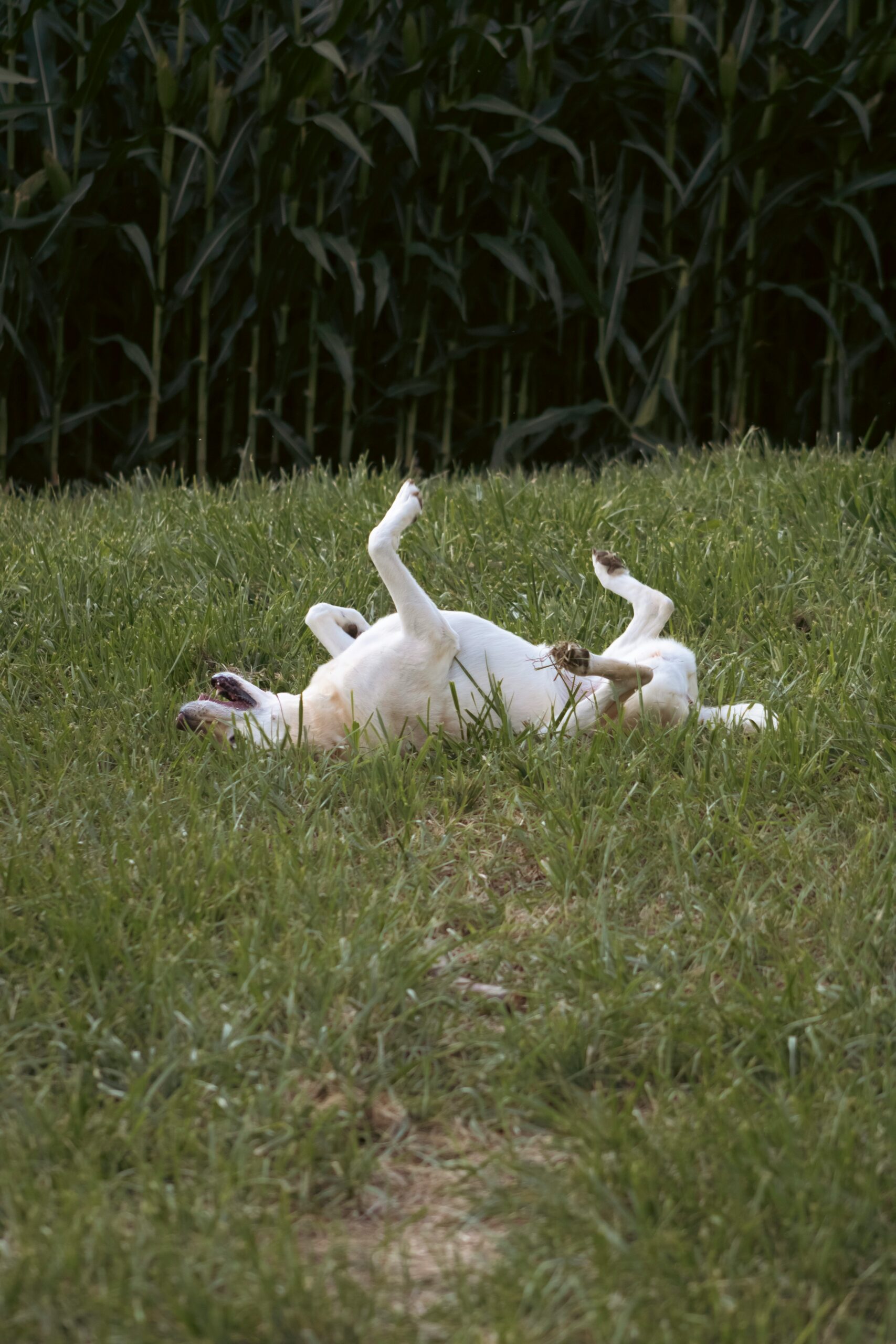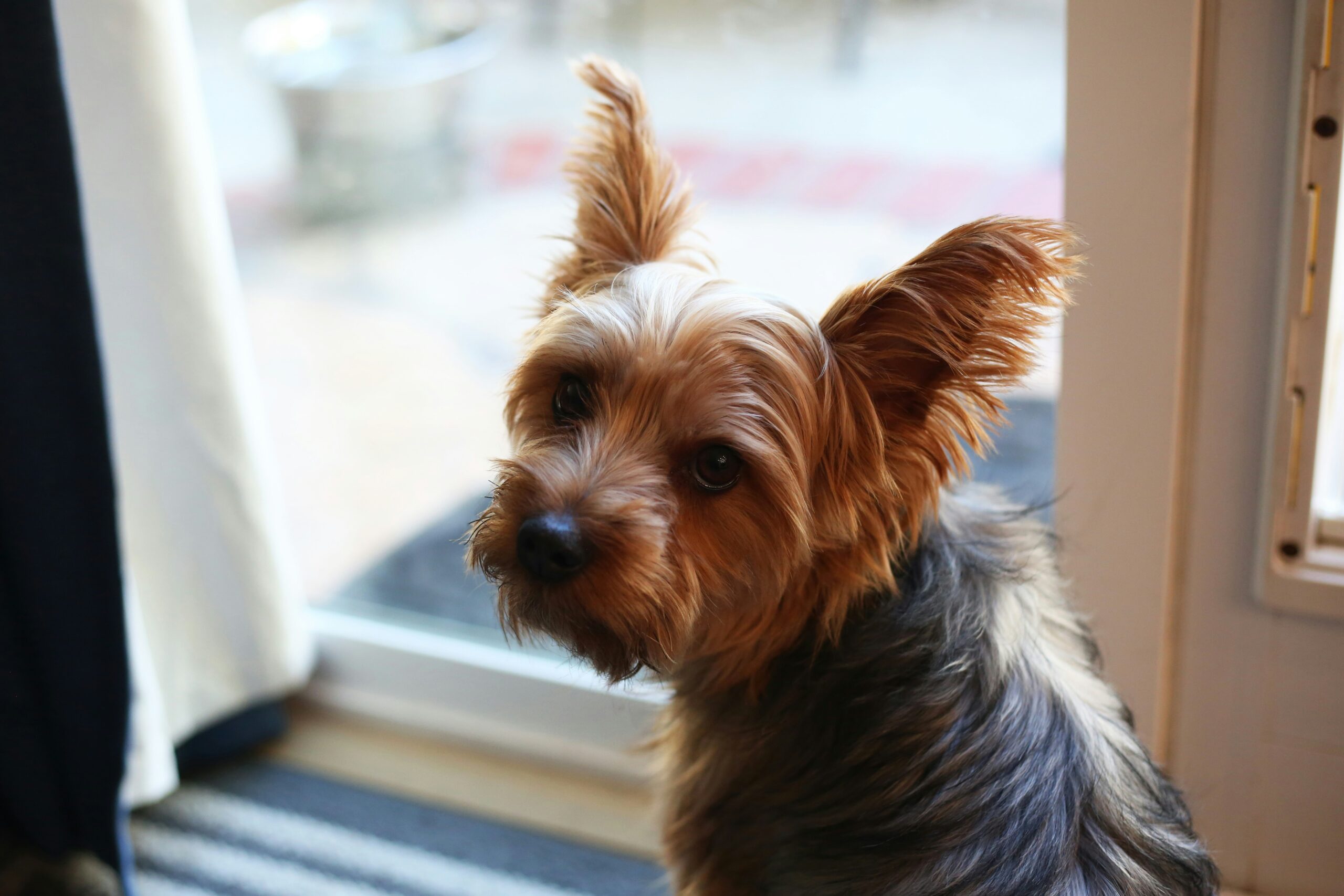Training Your Pet to Perform Tricks: Fun Ideas and Techniques
Introduction to Pet Training
Pet training is an essential aspect of responsible pet ownership that fosters a strong bond between the owner and their animal companion. It not only enhances the relationship but also provides mental stimulation, which is vital for a pet’s overall well-being. Engaging your pet in training sessions can prevent behavioral issues and encourage a more harmonious living environment. As dogs and cats are incredibly intelligent creatures, regular training keeps their minds active and reduces boredom, a common cause of destructive behavior.
Teaching your pet specific tricks goes beyond mere entertainment; it encourages discipline and helps to establish a sense of routine. Owners often witness significant improvements in their pets’ behaviors as they learn new commands or undertake fun activities. For instance, teaching basic commands such as “sit,” “stay,” and “come” not only ensures safety in various situations but also builds a foundation for more complex tricks. This progression in learning can be a source of immense satisfaction for both the owner and the pet.
The practice of training pets also offers numerous psychological benefits. Pets that are engaged in learning new tricks may experience reduced anxiety and increased confidence. When pets successfully accomplish tasks, they receive positive reinforcement, which enhances their self-esteem and strengthens the bond they share with their owner. The interactive nature of training can transform a mundane daily routine into an exciting challenge, enriching both the pet’s and owner’s lives.
In the upcoming sections, various techniques and methods for effectively training pets to perform tricks will be explored, providing practical guidance that can be applied at home. Emphasizing patience and consistent reinforcement will help ensure a successful and enjoyable training experience for all involved.
Choosing the Right Tricks for Your Pet
Selecting appropriate tricks for your pet is a critical step in their training journey. It is essential to consider various factors such as the pet’s species, breed, age, and personality. Each animal has unique characteristics that may influence their ability and inclination to learn specific tricks. For example, a Border Collie, known for its intelligence and eagerness to please, may thrive with advanced tricks like agility jumps or intricate fetching maneuvers. Conversely, a bulldog may prefer easier tasks, such as rolling over or playing dead, due to their more laid-back nature.
When initiating the training process, it is wise to start with simpler tricks that cater to your pet’s skill level. Basic commands such as “sit,” “stay,” and “come” form a solid foundation for any pet. These commands not only facilitate effective communication but also build a trusting relationship between you and your animal. As your pet becomes comfortable with these straightforward tasks, you may choose to progress to more complex tricks, such as learning to play fetch or even dance. Each trick learned can help enhance your pet’s cognitive skills, providing significant mental stimulation.
Understanding your pet’s natural inclinations can significantly influence the choice of tricks. Spend time observing your pet during playtime or regular activities; notice their preferences and strengths. For instance, if you find that they enjoy jumping, consider training them in tricks that involve hurdles or hoops. Engaging with your pet’s natural behaviors will not only make training more enjoyable but will also yield better results, as they are more likely to respond positively to tricks that resonate with their personality and abilities.
Essential Training Tools and Supplies
Effective pet training relies heavily on the right tools and supplies, which play a crucial role in achieving desired behaviors while ensuring an enjoyable experience for both the pet and the owner. One of the fundamental supplies is treats, which serve as positive reinforcement. High-value treats, especially those that are small and easy to chew, are particularly beneficial during training sessions, as they can motivate pets to learn new tricks. Selecting treats that your pet finds enticing will significantly enhance their willingness to engage and perform tasks.
Another essential training tool is the clicker, a small device that produces a distinct sound when pressed. Clicker training is based on the principle of operant conditioning, where the sound signifies to the pet that they have performed a desired action correctly. This method helps in establishing a clear communication channel between the trainer and the pet, making it easier for the animal to understand what is expected. Many trainers find that clickers lead to faster learning, as they provide immediate feedback, allowing pets to connect their actions with the corresponding rewards.
Leashes also form an important part of training supplies, particularly when working on commands such as “come” or “heel.” A sturdy leash gives pet owners control during training sessions, ensuring safety while maintaining focus on the tasks at hand. It is essential to choose a leash that is appropriate for the pet’s size and strength to facilitate effective training. Finally, toys can serve as both a reward and a distraction during training. Engaging toys, such as tug ropes or treat-dispensing puzzles, can keep a pet motivated, promoting a fun learning atmosphere.
By equipping yourself with these essential tools and supplies—treats, clickers, leashes, and toys—you will set the stage for successful and efficient training sessions, fostering a positive environment conducive to learning.
Positive Reinforcement Techniques
Positive reinforcement is a fundamental principle in animal training that emphasizes rewarding desired behaviors to encourage their repetition. This method is grounded in the idea that pets, much like humans, are more likely to perform actions that lead to pleasant outcomes. Therefore, integrating positive reinforcement into training sessions can significantly enhance a pet’s learning experience and foster a trusting relationship between pet and owner.
One of the most common forms of positive reinforcement is the use of treats. Offering a pet a small, favored treat immediately after they successfully complete a desired action, such as sitting on command or returning a toy, creates a strong association between the behavior and the reward. This method not only motivates pets to repeat the desired behavior but also helps build their enthusiasm for training sessions.
In addition to treats, verbal praise plays a crucial role in positive reinforcement. Using an encouraging tone to say phrases like “good job” or “well done” can provide pets with a sense of accomplishment. This form of affirmation is particularly effective for pets that may not respond as strongly to food rewards, thereby reinforcing their behavior through emotional satisfaction.
Playtime can also serve as a valuable reinforcement tool. Engaging in a favorite game, such as fetch or tug-of-war, after a successful execution of a trick aligns the reward with an enjoyable activity. This approach can be especially enriching for energetic pets who thrive on play and interaction. To maximize the effectiveness of positive reinforcement techniques, consistency is key. Ensure that the timing of the reward occurs immediately after the desired behavior, so the pet can make the association between the action and the positive outcome.
Ultimately, employing these positive reinforcement techniques not only promotes better training results but enhances the bond between pet and owner, making the training process enjoyable for both parties involved.
Step-by-Step Instructions for Teaching Tricks
Training your pet to perform tricks can be a rewarding experience for both the owner and the animal. Below are detailed instructions for teaching some popular tricks: ‘sit’, ‘stay’, ‘roll over’, and ‘high five’. Each trick will include cues, commands, and timing to help you effectively replicate the training process at home.
Teaching ‘Sit’: Begin by holding a treat close to your pet’s nose. Slowly move your hand upward, allowing their head to follow the treat, which will naturally lead their bottom to lower. As soon as your pet is in a sitting position, say the command “sit” and give them the treat, followed by praise. Practice this several times until they understand the command.
Teaching ‘Stay’: After your pet has mastered ‘sit’, you can start with ‘stay’. Instruct your pet to sit, then open your palm in front of them and say “stay”. Take a few steps back, maintaining eye contact. If they remain seated, return to them and reward them with a treat and praise. Gradually increase the distance and duration of the stay command.
Teaching ‘Roll Over’: With your pet lying down, take a treat and move it towards their shoulder, encouraging them to roll onto their side. Once they are on their side, continue to draw the treat in a circular motion so they complete the roll. Say “roll over” as they do this, and reward them when they finish. Repetition will help reinforce the behavior, aiding in comprehension of the command.
Teaching ‘High Five’: Begin by having your pet sit. Hold a treat in your hand and encourage your pet to paw at your hand to receive it. Once their paw touches your hand, say “high five” and reward them immediately. Practice this by gradually raising your hand higher until they can perform the trick reliably.
With consistency and patience, your pet will quickly learn these tricks, providing a source of entertainment and strengthening your bond.
Common Challenges and How to Overcome Them
Training a pet can be an enjoyable endeavor, but it is not without its challenges. Many pet owners encounter issues such as lack of attention, disinterest, or behavioral problems, which can hinder the training process. Understanding these challenges is crucial for effective training.
One common challenge is the pet’s attention span. Pets, especially young ones, can become easily distracted by their surroundings. To overcome this, it is essential to choose a training environment that is free from distractions. Conduct training sessions in a quiet area, gradually increasing exposure to more stimulating environments as the pet becomes more focused. Additionally, using high-value treats can help capture the pet’s attention and keep them engaged.
Disinterest often stems from the training techniques being used. A lack of variety or excessive repetition can lead to boredom. To address this, pet owners should incorporate different tricks and activities into training sessions to maintain enthusiasm. Short, fun sessions that last for about 5-10 minutes can be more effective than prolonged training. Regularly changing the tricks being taught can also spark curiosity and engagement.
Behavioral issues can significantly impact training effectiveness. Anxiety, fear, or aggression may surface during sessions. In such cases, it is vital to use positive reinforcement methods and avoid any form of punishment, as this can exacerbate behavioral problems. Consulting a professional trainer or a veterinarian can provide additional strategies tailored to the pet’s specific needs to ensure successful training.
Maintaining patience and consistency is key throughout the training journey. It is important for pet owners to understand that every pet learns at their own pace. Consistent reinforcement of desired behaviors, along with showing patience in the face of challenges, will ultimately enhance the training experience and strengthen the bond between the pet and owner.
Incorporating Games into Training
Training pets can often feel like a chore, both for the owner and the animal. However, by incorporating games into the training process, owners can create a more enjoyable experience that fosters engagement and facilitates learning. Games not only make training sessions more fun but also enhance the bond between pets and their owners. This section will highlight several effective games that can be seamlessly integrated into training routines.
One popular game is “Hide and Seek.” This activity encourages pets to use their sense of smell and problem-solving skills. To play, the owner can hide somewhere in the house or yard while the pet is distracted, calling their name once ready. When the pet finds the owner, they are praised and rewarded, reinforcing their learning and creating a fun experience. Not only does this game reinforce recall skills, but it also stimulates the pet’s natural instincts.
Another enjoyable activity is “Obstacle Course.” Setting up a simple obstacle course can add excitement to training sessions. Using household items like chairs, cones, or even garden furniture, owners can design a course that pets must navigate. Incorporating commands, such as “jump” or “crawl,” while guiding them through the course helps reinforce obedience in a fun setting. This method can significantly improve a pet’s agility and focus.
Additionally, the game “Fetch” can be enhanced by adding training elements. Instead of simply throwing a ball or frisbee, owners can take the opportunity to practice commands like “sit” or “stay” before throwing the object. This combination of play and training not only keeps pets mentally stimulated but also aids in solidifying learned skills.
In conclusion, blending games with training creates a dynamic environment that enhances pet learning while ensuring enjoyment. By incorporating games such as “Hide and Seek,” “Obstacle Course,” and an enriched version of “Fetch,” pet owners can transform their training sessions into fun and effective experiences that contribute to overall well-being and obedience.
Tracking Progress and Celebrating Achievements
Training a pet to perform tricks can be an enriching experience for both the owner and the animal. One essential aspect of this process is tracking progress effectively. By keeping records of your pet’s achievements and milestones, you not only gain insights into their learning patterns but also create a motivating environment that fosters their enthusiasm for training. Various methods can aid in this tracking, including handwritten logs, digital spreadsheets, or specialized pet training apps. These tools can be used to note specific tricks learned, improvements in performance, and any challenges encountered.
Celebrating achievements, whether big or small, is a crucial part of the training journey. Each time a pet masters a trick or demonstrates improvement, it is vital to acknowledge these moments. This can be done through positive reinforcement techniques such as treats, praise, or playtime. Positively reinforcing success not only enhances the pet’s learning experience but also strengthens the bond between the pet and owner. Additionally, celebrating milestones can take various forms, such as a small celebration at home, sharing progress on social media, or even organizing a playdate with fellow pet owners to showcase tricks and skills learned.
It is essential to note that the journey of pet training is not solely about the end results; the process offers numerous opportunities for connection and joy. By tracking progress methodically and making a consistent effort to celebrate achievements, pet owners can maintain their motivation and commitment. This emphasis on positive experiences fosters an environment where pets are excited to learn new tricks and skills. Ultimately, tracking progress and celebrating achievements enriches both the training experience and the overall relationship between the owner and their beloved pet.
Continuing the Learning Journey
Training does not end once your pet has mastered a few tricks; rather, it opens the door to a lifelong journey of learning that benefits both pet and owner. Ongoing training is essential for maintaining a pet’s mental stimulation and ensuring they stay engaged and well-behaved. Animals, much like humans, thrive when they are continually challenged, and introducing new tricks and techniques is an excellent way to keep their minds sharp.
As your pet becomes proficient in basic commands such as “sit,” “stay,” and “roll over,” consider introducing advanced tricks or skills that align with their natural abilities and interests. For instance, if your dog enjoys fetching, you might teach them to retrieve specific items by name. Similarly, for cats, providing interactive toys or puzzle feeders can stimulate their curiosity and encourage learning through play. This not only keeps training fresh but also strengthens the bond between pet and owner.
To maintain a positive training environment, it’s vital to incorporate variety into your sessions. Change the location where training occurs, use different rewards, or alternate the type of tricks you are teaching. Such variations will prevent your pet from becoming bored and will contribute to their ongoing enthusiasm for learning. Moreover, breaking down complex tricks into smaller, manageable steps will allow your pet to progress at their own pace, ensuring a positive experience each time.
Consistency is essential in this journey. Regular training sessions, even if they are short, encourage pets to retain what they have learned. Additionally, celebrating small victories and offering praise or treats will further motivate them. By committing to an ongoing learning process, pet owners can ensure their beloved companions remain happy, engaged, and well-adjusted throughout their lives.















Post Comment